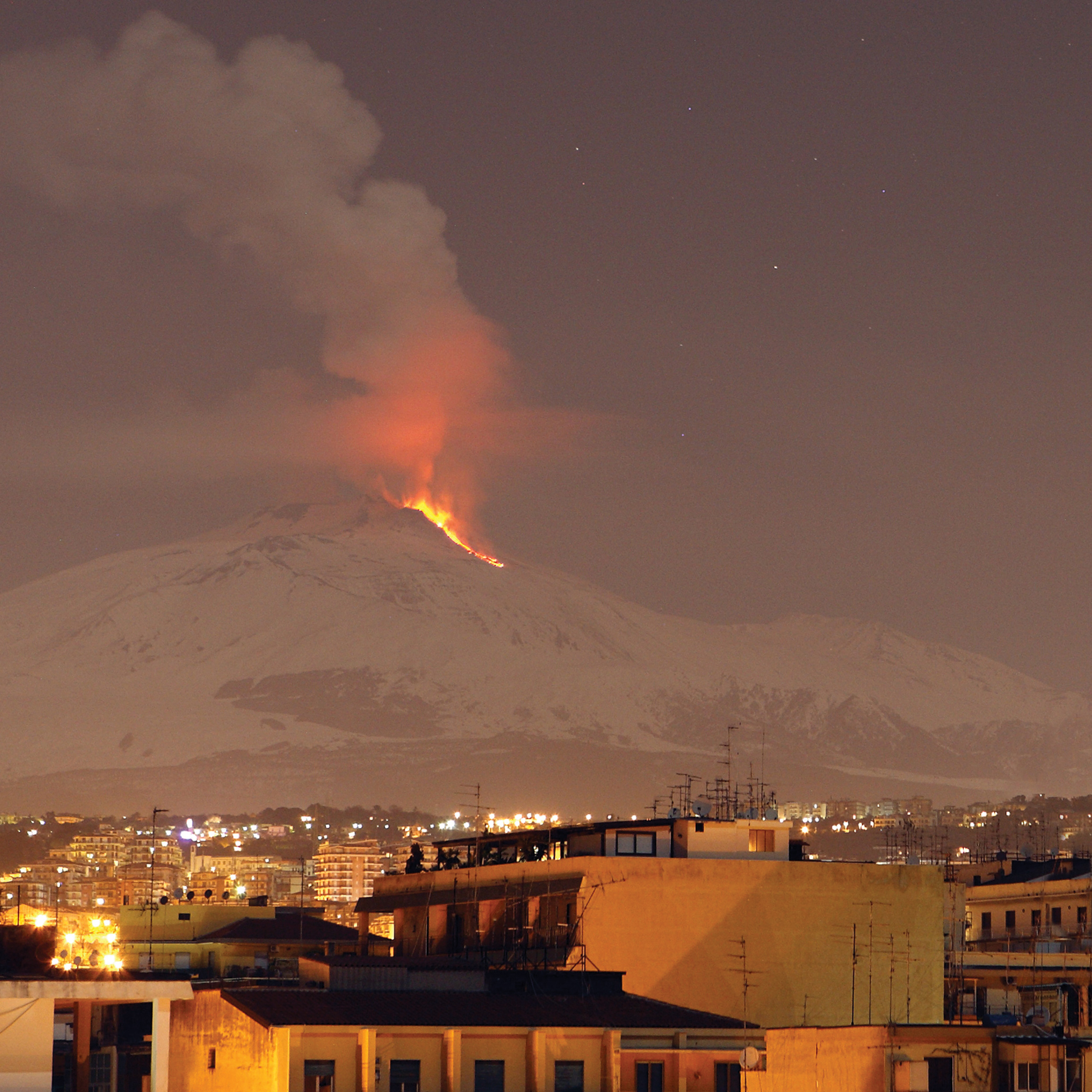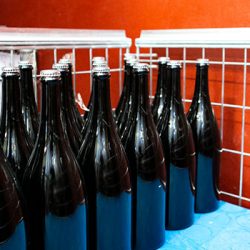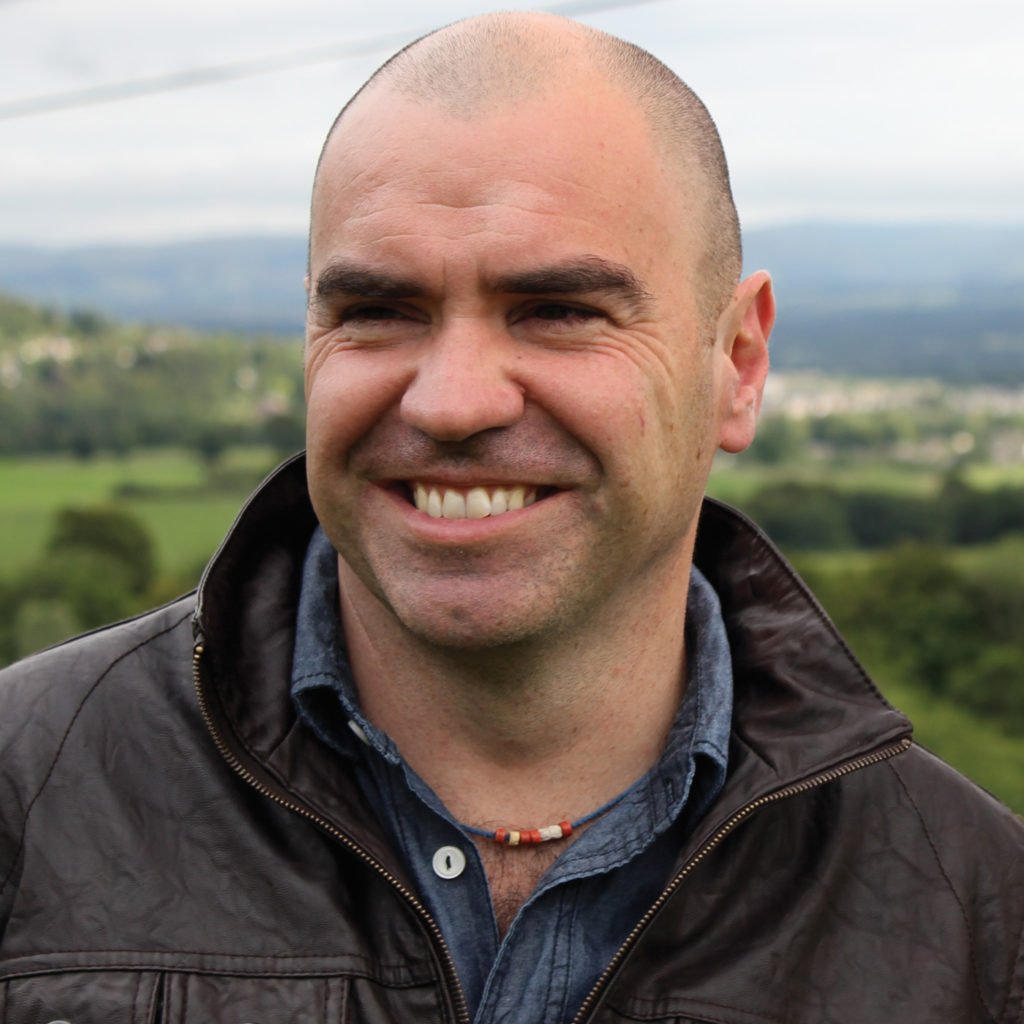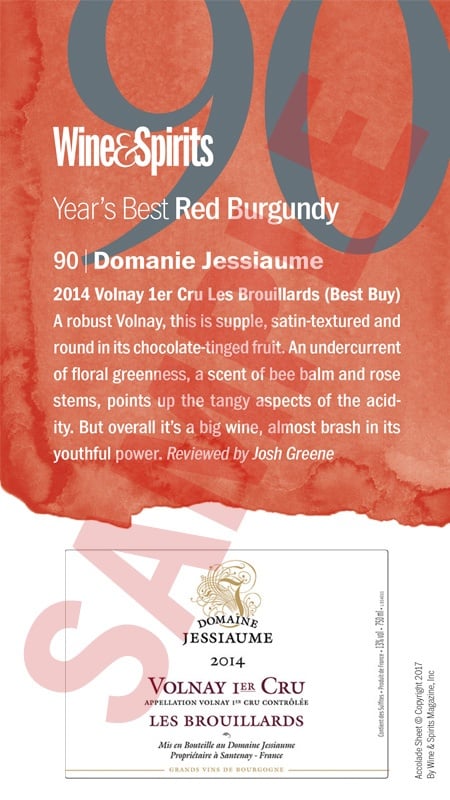If someone asked you to quit your job and go start a restaurant, are you more likely to say, That’s insane, or Hell yes? Would your answer be the same if you didn’t speak the local language? And what would you say if the restaurant was perched on the slope…
To read this article and more,
subscribe now.
To continue reading without interruption, subscribe and get unlimited digital access to our web content and wine search.
This story appears in the print issue
of June 2017.
Like what you read? Subscribe
today.

















